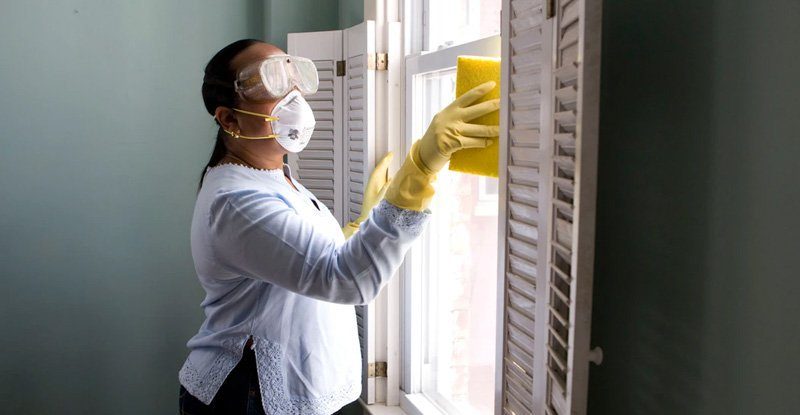Keep your home clean during COVID-19
If a member of your household has COVID-19, you need to know how to prevent the infection from spreading in your home.
Anyone who has tested COVID-19-positive, displays mild or moderate symptoms, or has been in contact with someone infected with the virus, will need to self-isolate at home for at least two weeks
To keep your home as infection-free as possible, you’ll need the following supplies:
- Soap or detergent, for example, dishwashing liquid
- Reusable cleaning cloths, sponges or paper towels
- Alcohol-based hand sanitiser
- Disinfectants, such as bleach
- Disposable or reusable utility gloves.
As Yolanda Walsh, Nursing Odyssey Programme manager for Mediclinic Southern Africa says, it’s important to clean with soap and water first. ‘Frequently touched surfaces tend to have a slightly oily sheen from people’s hands,’ she explains. ‘Clean with detergent before wiping the surface with a disinfectant.’ This is far more effective in breaking down organisms.
Always ensure there is proper ventilation in your home and remember to clean surfaces such as counters, tables, doorknobs and sinks that are frequently touched on a daily basis.
Wash your hands before and after preparing food and before you eat. And clean the inside of your refrigerator weekly.
If you don’t use a dishwasher, wash your dishes in hot, soapy water and air-dry them. Make a point of not sharing dishes or eating utensils. Wash fruit and vegetables under running water and use separate cutting boards, plates, and utensils for raw and cooked food. Make sure you use a clean spoon each time you sample food while cooking.
When you arrive home, remove your mask, touching only the straps. Disinfect any objects you’ve touched, such as keys, and wash your hands well before touching anything or anyone in your home.
Clean the patient’s clothes, bed linen, bath and hand towels, using regular laundry soap and water or machine wash at 60–90 °C (if possible) with common household detergent. Dry thoroughly. Place contaminated linen into a laundry bag and avoid contaminated materials coming into contact with skin and clothes.
If the patient cannot self-isolate safely at home, they should contact the applicable provincial health department to secure access to a quarantine or isolation facility.




